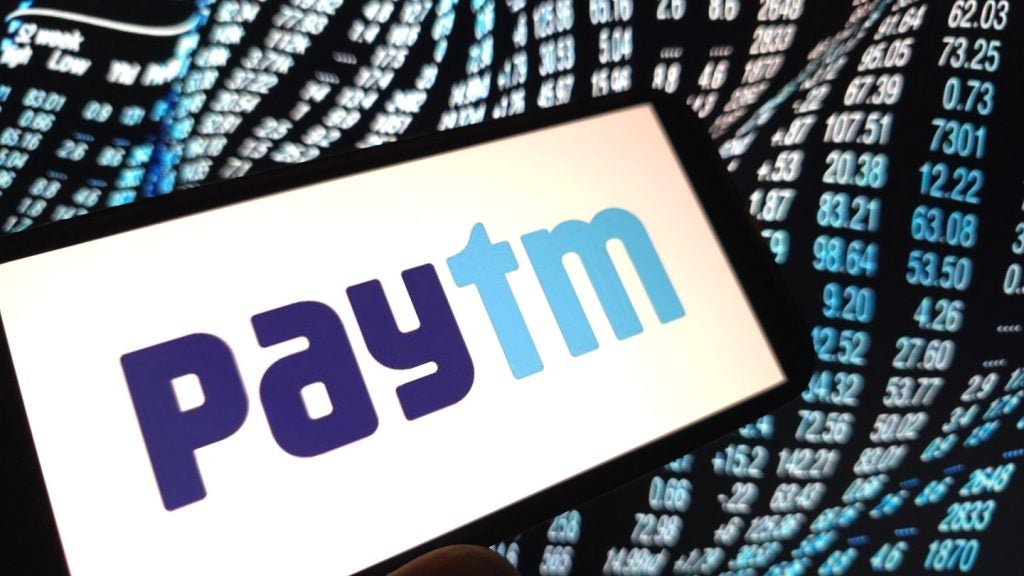Making a purchase online is no longer a novel thing. It is now natural for many consumers, however, none of that would have been possible without payment gateway integration making it happen. So how does it work?
Every website that allows users to make purchases has a payment gateway. This immediately brings to mind firms like PayPal, but that is a payment gateway service provider.

Access deeper industry intelligence
Experience unmatched clarity with a single platform that combines unique data, AI, and human expertise.
Its actual payment gateway is Payflow Gateway, which lets merchants to process debit and credit card payments, PayPal, PayPal Credit, authorisations and more.
There are multiple online payment service providers, including Alipay, Apple Pay, Tencent, WePay, Stripe, Square, and Paytm.
The four types of payment gateway integration
In general, all payment gateway integration can be condensed into four categories:
- Simple checkout method;
- Direct post method;
- Server integration method, and
- Advanced integration method.
The simple checkout method is an external service and the user is directed to another sire, such as PayPal, to make the transaction.

US Tariffs are shifting - will you react or anticipate?
Don’t let policy changes catch you off guard. Stay proactive with real-time data and expert analysis.
By GlobalDataThis is the easiest method of integrating payment gateways into a site, but it does mean the customer has to leave the site, which could be considered a hassle, especially if there are connection issues. This can lead to a lot of dropouts.
Direct post method keeps the transaction on your site but sends the customer information to the secure gateway and the transaction is handled there. Customer data is not handled on your site.
This allows branding to be maintained and customers to stay on your site, but there are security issues.
Server integration method, also known as SIM, gives the option of handling transactions on your site, but a payment gateway service provider actually processes it.
All the forms are on one site, which aids branding, and customers are not aware that someone is handling the transaction.
However, this means that security will need a boost as it handles customer data. You would also need to be PCI compliant or have an SSL certificate.
Advanced Integration Method (AIM) is similar, but you have complete control over transactions. In addition, connections to the payment gateway only need to be made once. SSL certificates are required again.
Payment gateway integration is a tricky matter. It completely depends on the nature of the site, and of the customer, to which form of integration to use. However, there are certainly plenty of options.







